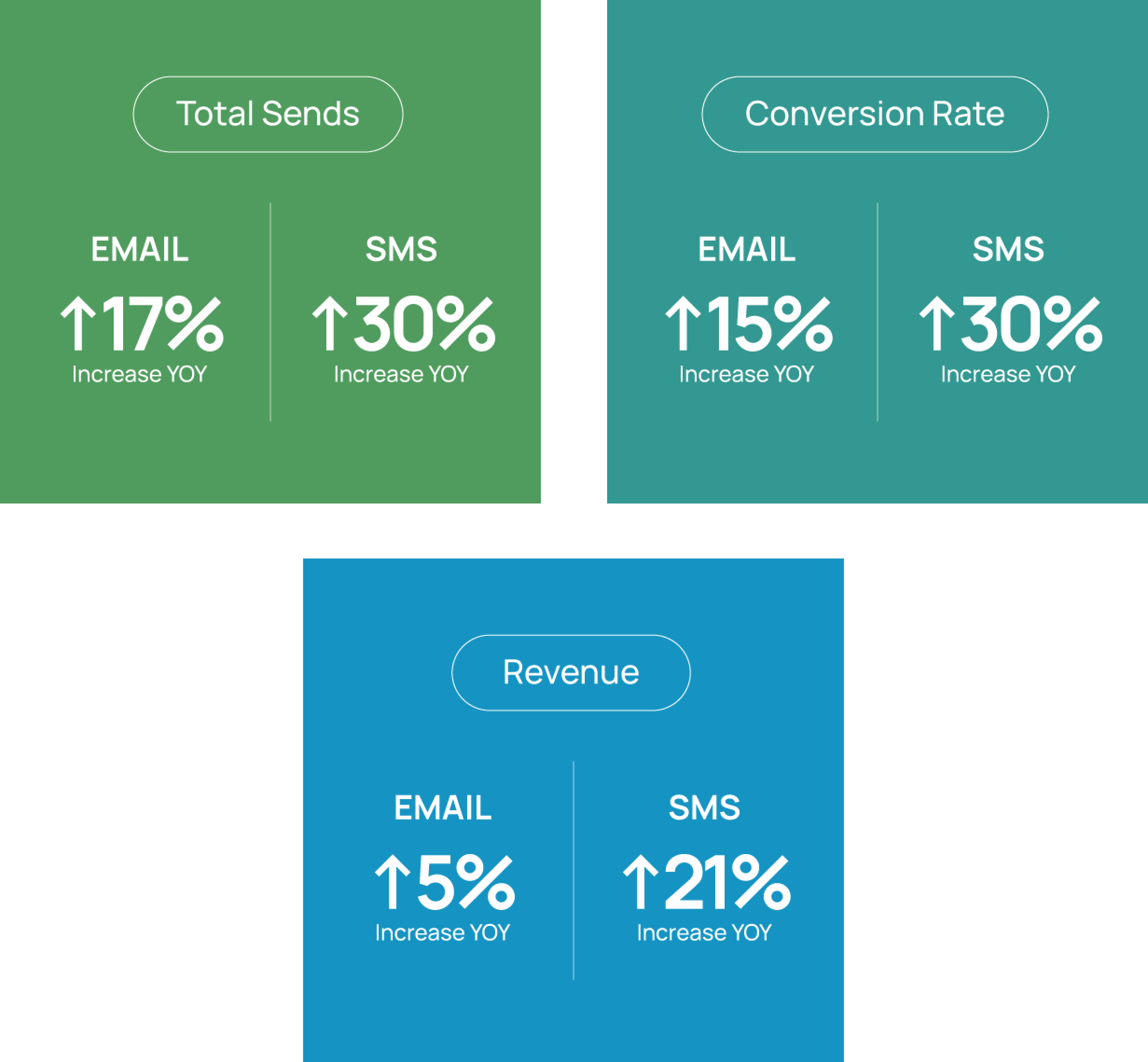Google’s Move to GA4: Understanding Your Data


Now that Google Analytics is sunsetting Universal Analytics effective July 1, you’re likely in the throes of migrating to GA4 and trying to understand all of the new features and reports. GA4 comes with significant changes – so be sure to access Listrak’s GA4 Resource Page and continue reading as we look deeper into the GA4 data and what you need to know.
Of course, suppose you haven’t spent time in the new GA4 interface. In that case, Listrak recommends configuring GA4 now so you are able to compare your existing Universal Analytics Property to GA4 and adjust your marketing goals and expectations as needed going into 2H.
Why Is GA4 The New Standard From Google?
Google’s newest iteration of analytics allows for more depth and flexibility in reporting results and performance. As a marketer, you know how crucial it is to regularly monitor website, channel, and campaign effectiveness to ensure you reach your business objectives and goals. So it’s essential to use analytics software that delivers reliable data and KPIs in the formatting you need. Additionally, the digital landscape has changed with the rise of user expectations about privacy, more global regulations, and less support for cookie-based tracking. Google believes its GA4 software can help combat these issues that marketers deal with daily, all while providing valuable reporting solutions that help uncover performance issues and optimization opportunities.
GA4 changes Google’s campaign attribution model, as well as new exploration tools and reports that allow you to drill down to specific insights while maintaining a holistic view of business performance. This includes understanding the paths users get from one stage of your customer journey to another, how users cross-segment audiences, how steps it takes to get to conversion, and more. But if you’ve been using Universal Analytics for a long time, the switch to GA4 might give you pause with things looking different and organized in new ways.
What KPIs Should I Review And Compare In My Properties?
At the highest level, you’ll likely see a redistribution of overall campaign revenue with the different attribution models used in GA4. But aside from dollars, you’ll want to compare and analyze user engagement and session data across your channels to understand the Property differences before making any changes to your strategies. This includes revenue, ecommerce conversion rate, engaged sessions, and more.
Sessions are defined differently in GA4. New sessions are no longer created by the clock hitting midnight or UTM parameters changing, but rather when a user enters your site or app, and a session isn’t already active. A session times out automatically after 30 minutes of inactivity, and there’s no maximum time or limit a session can last.
The Bounce Rate also differs in GA4, and traditional ‘bounces’ found in Universal Analytics no longer exist. Instead, retailers can look too engaged sessions, engagement rate, and bounce rate to analyze their user engagement. An ‘engaged session’ is when a user has spent 10+ seconds on a page, has completed an event (i.e., purchased), or visited 2+ pages.
Why Does It Look Like My Owned Channels Are Down?
There are five main channels in digital marketing: Paid Media (CPC), Direct, Organic Media (SEO), Owned Channels (Email/SMS/Push), and Social/Affiliate. Since Google makes money in Paid Media, they wouldn’t introduce a new system where revenue attribution to that channel decreases. Even if split into more specific buckets, Paid Media revenue will increase while Owned Channels will reduce.
To use a cross-channel email and SMS Welcome Series as an example: If revenue attribution is now based on the starting point a user took in their session before placing an order vs. the last click they made, any recent email or SMS activity won’t receive credit for the sale. You can expect a change anywhere from +10 to -70% in revenue attributed to Owned Channel campaigns in GA4, even without touching budget, strategy, or message cadence.
Listrak is Here to Support You
Once you’ve migrated your Google Analytics configuration to GA4 and granted Listrak access to view your Google Analytics properties, your Listrak Account Manager and Digital Strategist can work with you to compare Universal Analytics and GA4 results.
Additionally, Listrak Support is always available via email, chat, and phone to answer any technical questions. While you don’t need to adjust anything in your Listrak account to use GA4, Listrak Support can help guide you through our settings to ensure all the UTM parameters and naming conventions you’d like to use are set up correctly.
Listrak is a trusted partner in your migration to GA4, and understands it will bring big changes to how you analyze your digital marketing performance and overall business health. It’s essential to thoroughly understand the differences in your campaign results before making any drastic changes and set new goals and expectations with your leadership teams based on where you want to focus. Next year, a proper comparative data set will help you make intelligent decisions in this new construct, but for now, keep your hands on your Universal Analytics data alongside GA4 reporting. For more information, connect with your Account Manager.
















.svg)
































.png)

